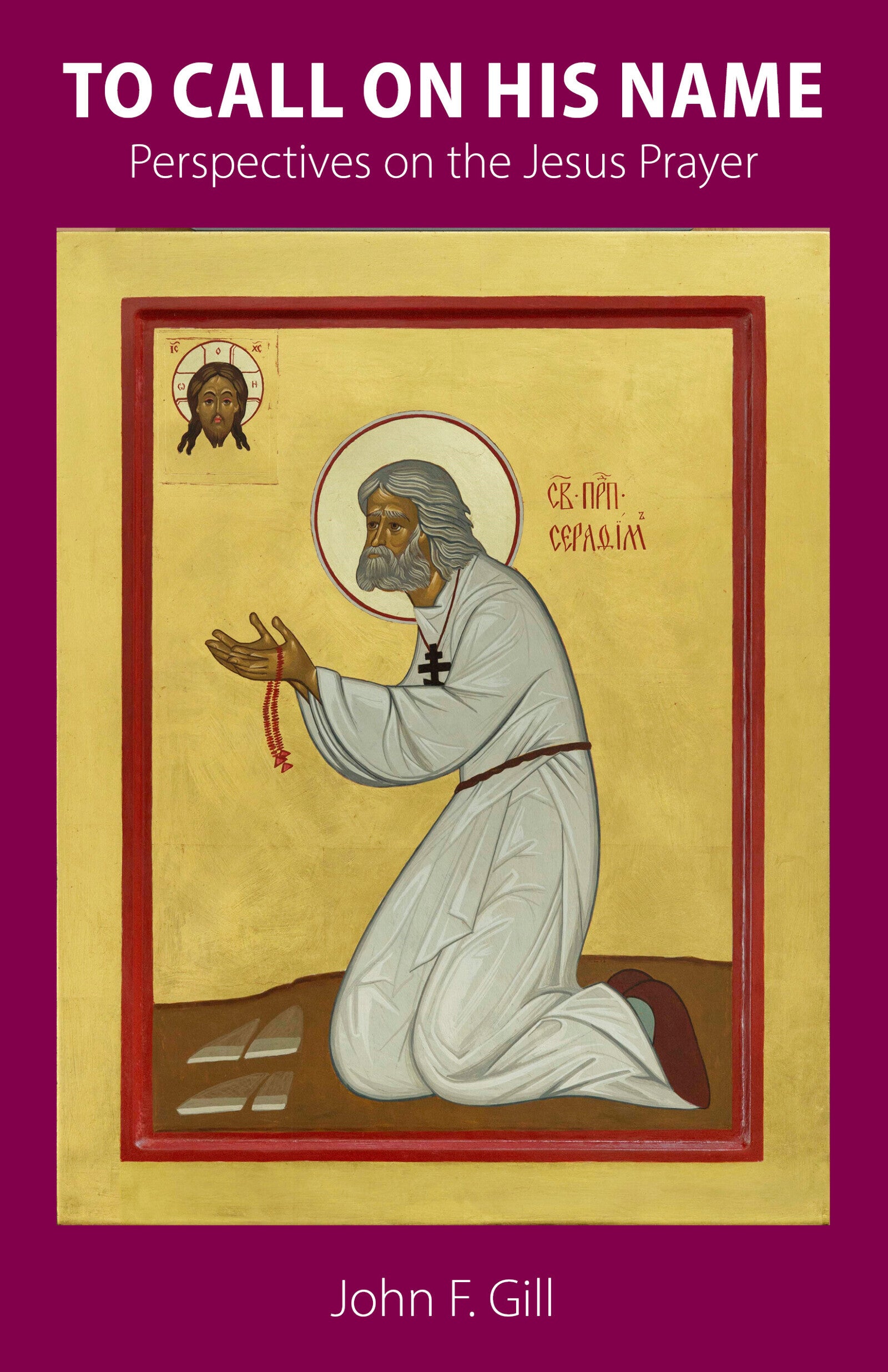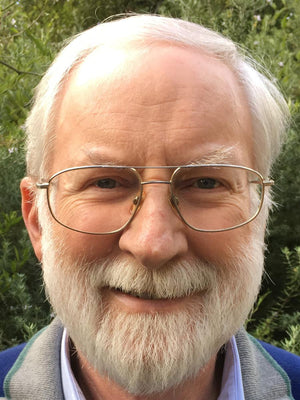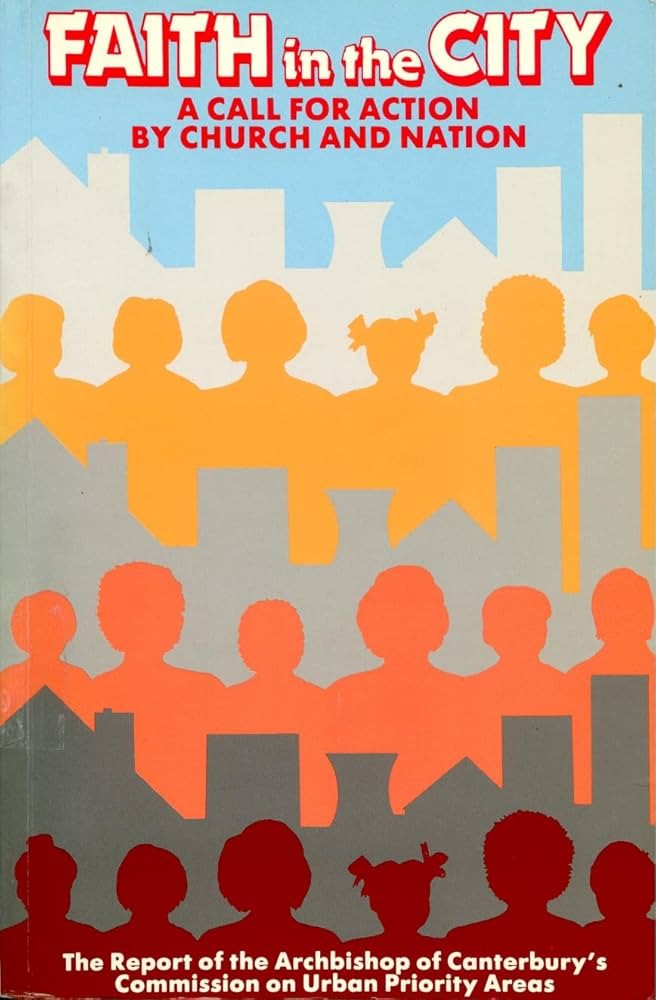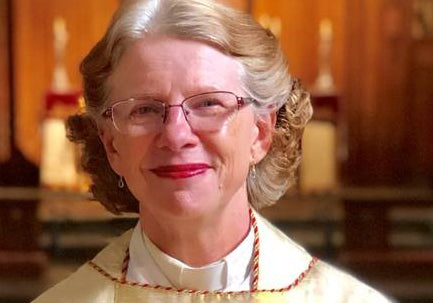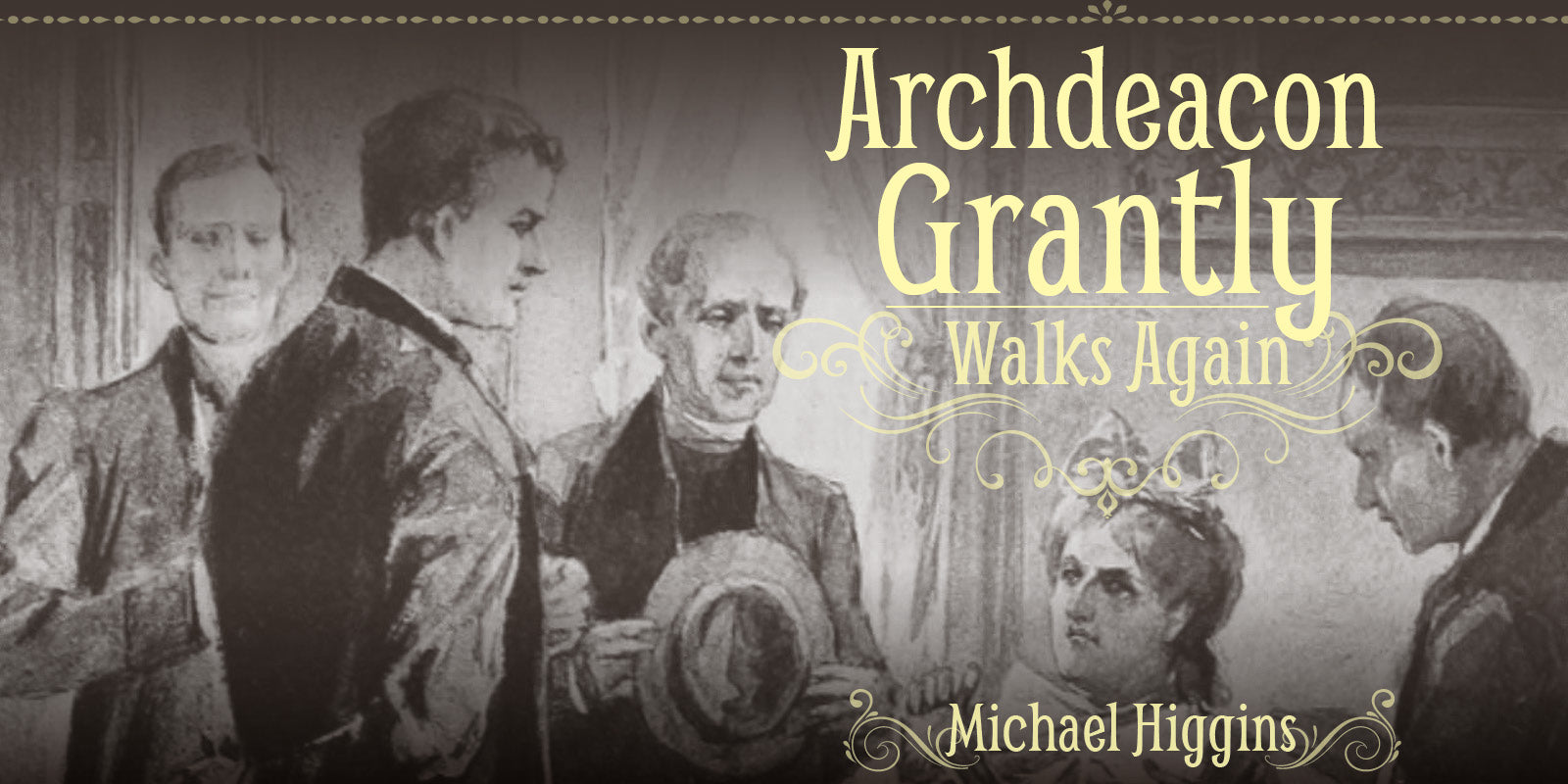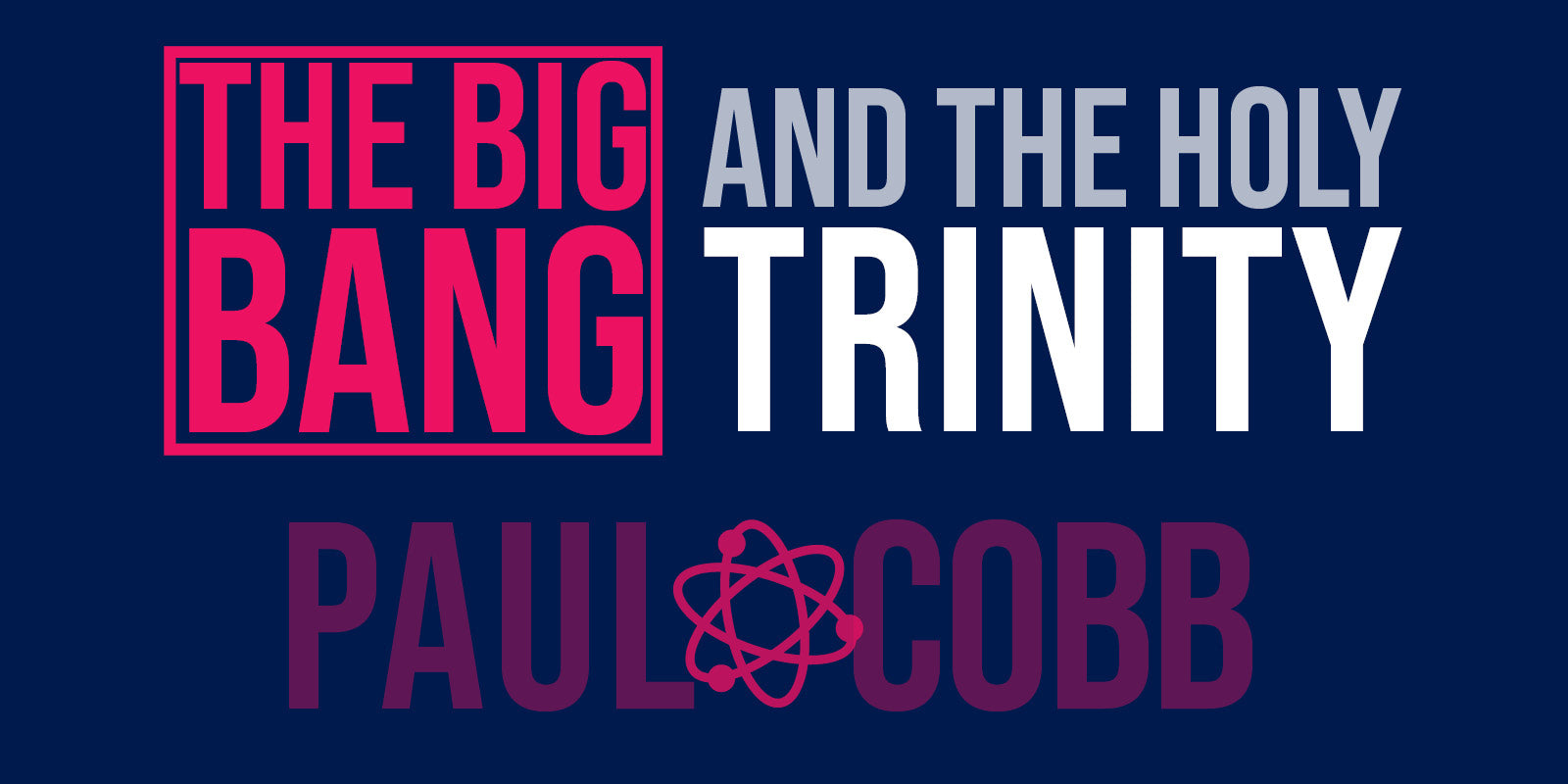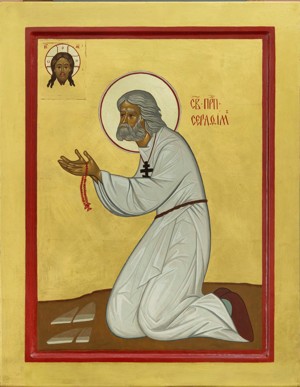
The idea of writing the book To Call on His Name: Perspectives on the Jesus Prayer grew out of my recent life experiences. I am a psychiatrist, now semi-retired and living in Melbourne, Australia. I recall once hearing about a Professor of Medicine who said that in his experience psychiatrists were of three types. One third of them were philosophers who should never have studied medicine. Another third were trying to sort out their own personal problems. The remaining third, in his opinion, were good average doctors. I think that with the approach of retirement we all become a bit more reflective and philosophical and I believe I am no exception. I trust that by this stage, I have at least made some progress in resolving my personal foibles. Moreover, I dare to hope that I may have been “a good average doctor”. I think that all of these features have played a part in the development of this book. The book represents a journey of discovery which has been personally enriching and helpful in resolving problematic issues in my own life. Research into the various dimensions of the Jesus Prayer—“Lord Jesus Christ, Son of God, have mercy on me, a sinner”—has highlighted for me a range of new and inspiring philosophical and spiritual reflections. As a doctor I have been particularly impressed by the therapeutic implications of this prayer form at both the spiritual, psychological, and even at the physical level.
I had no knowledge of the Jesus Prayer in my early years growing up in the Roman Catholic Church. I think in retrospect that there was something missing in the way I perceived the Christian tradition that was being presented to me. I lacked something at an experiential level which led me to spend years exploring, without much benefit, various traditions of meditation. A breakthrough came when I read the small classic The Way of the Pilgrim by an anonymous nineteenth-century Russian author. When I started reciting the Jesus Prayer, I was moved in a way that I had not hitherto experienced. This enhanced my sense of the authenticity and reality of the life in Christ. Further reading and exploration opened up for me the riches of the Eastern Christian tradition, resulting in my journey into the Melkite Greek-Catholic Church.
In my professional sphere I was quite familiar with the fact that psychiatry exists at the interface of many scientific disciplines, including chemistry, biology and neurosciences, psychology, philosophy and the social sciences. Psychiatry therefore looks at human beings and human nature from multiple perspectives. Hence I could also readily appreciate that there were numerous interesting dimensions to the Jesus Prayer. As I read more, I gathered references about its history, its scriptural basis, its practice and its significance in Eastern Orthodox theology and patristic spirituality. Before long I found that the book seemed to be almost writing itself! Although much has been written about the Jesus Prayer, I noticed that there was little literature comparing it to traditions of prayer in the Christian West. I became conscious that there is much that can be learnt from the Eastern Christian tradition about which many in the West have little knowledge. I was also aware that in the Catholic West there was widespread dissatisfaction with some of the traditional practices of prayer, leading to meditation methods from non-Christian religions being introduced and adapted as Christian prayer. Dealing with the transition from verbal prayer to contemplative prayer has often been particularly problematic. This is less likely with the Jesus Prayer, in which a person simply keeps repeating the invocations to Jesus unless God’s grace moves the prayer to a different level: from the intellect into the heart.
Comparing various aspects of the Jesus Prayer with prayer practised in the West brings to light numerous insights from the spiritual fathers of the Christian East and also raises interesting questions. One notable feature in the Eastern Orthodox tradition of hesychasm concerns God’s uncreated energies and the vision of divine light which can potentially be granted to both body and soul of a person purified by divine grace. Controversies discussed in the book include the question of whether the Jesus Prayer is a mantra and whether Eastern non-Christian influences had entered into the traditions of the hesychasts on Mount Athos. An important discussion is the question of the importance of prayer as a personal encounter with Christ and the place of modern practices such as ‘Christian Meditation’ or ‘Centering Prayer’ in Christian prayer.
I have sought to highlight some key principles such as the need for prayer to nurture a personal sense of the divine presence and the necessity of avoiding both visual or other imagery and excessive reliance on mechanical techniques during prayer. I have emphasised that the Jesus Prayer can never be reduced to some sort of magic formula or talisman. There is also debate as to what extent the Jesus Prayer can or should be extracted and practised in isolation from the liturgical and communal life of the Eastern Byzantine Churches in which it arose. Without making the false claim that the Jesus Prayer is necessarily the best or most suitable prayer for every person, it is my hope that this book will be helpful to any reader for whom the Jesus Prayer speaks to his or her heart.
John Gill is a semi-retired Australian psychiatrist and an ordained Deacon in the Melkite Catholic Eparchy of Australia and New Zealand, where he serves at the parish of St Peter and Paul at Hampton Park, Melbourne. His brand new book, To Call on His Name, is a comprehensive study of the Jesus Prayer that considers this ancient mystical prayer practice from the Christian East. He discusses the historical development of the prayer and its basis in scripture, patristic spirituality, theology, and psychology. Get your copy today.
Image credit: ‘Ikon of St Seraphim’ by Michael Galovic (used by permission).

